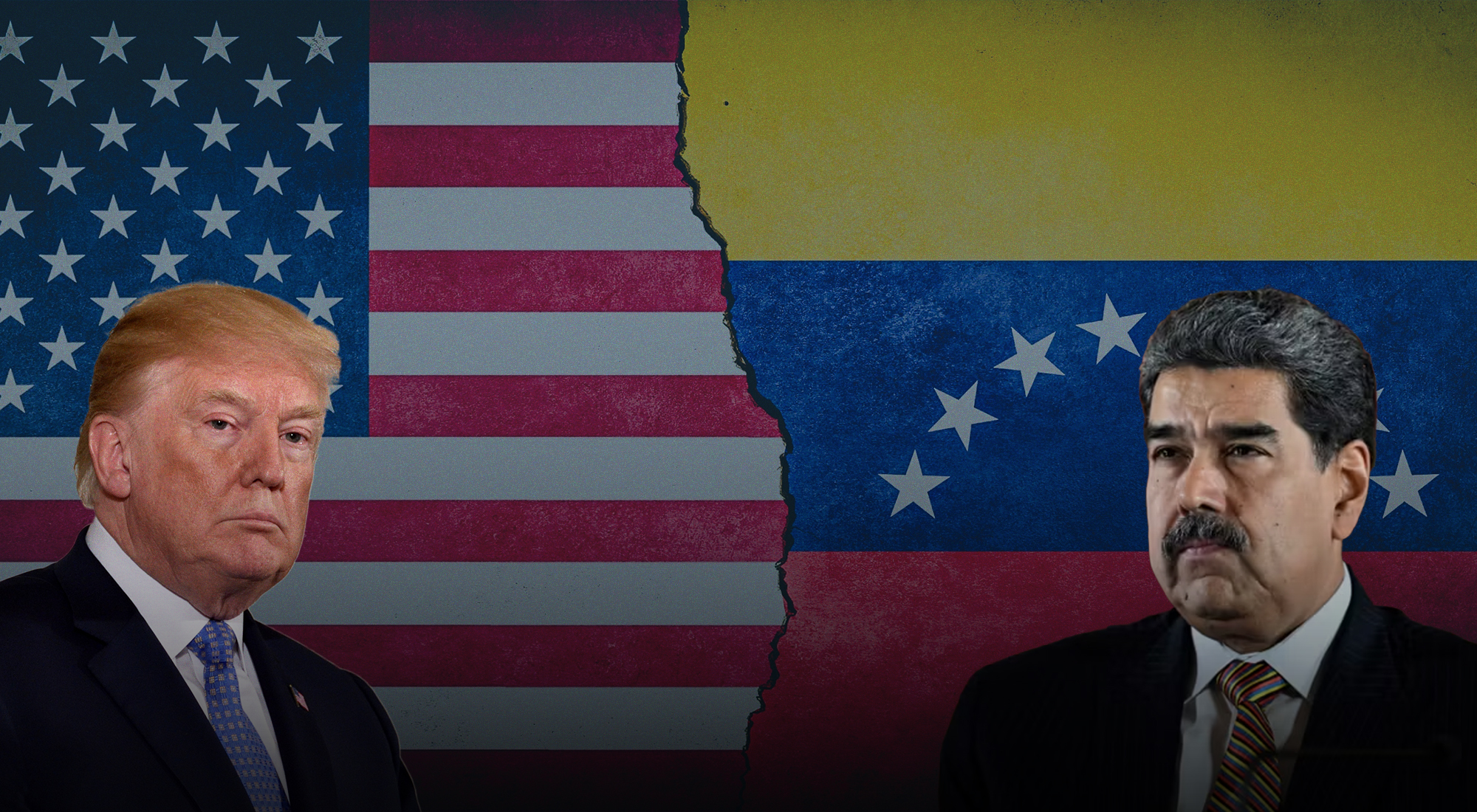Peace is and always will be a process. It is multi-tiered, built and sustained. It will always require constant safeguarding by networks of people across cultures and time. Peace is a course of action across a multitude of criteria. Women are a key criterion and serve as principle actors in conflict prevention and peacebuilding strategies. Gender informs perspective on men, women, communities, culture and identity. It is the cornerstone to an understanding of conflict and peace anywhere. Gender perspectives are far more than women’s perspectives; they are a holistic viewpoint needed to craft policy on security. Policies and programs aimed at promoting peace cannot be sustainable and effective without a gender dimension. Arguably, the concept now embodied in the notion of gender mainstreaming has existed for some time although it was fragmented into ideas of local environment and indigenous culture, applied as appendages to strategic policy. Gender mainstreaming represents a modern approach of integrating the criterion associated with peace and conflict and analyzing them collectively, recognizing links, patterns, intersections and associations between issues, trends and outcomes.








